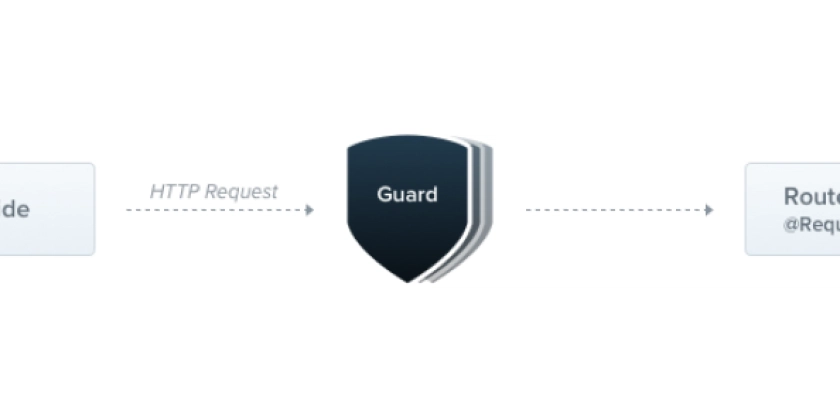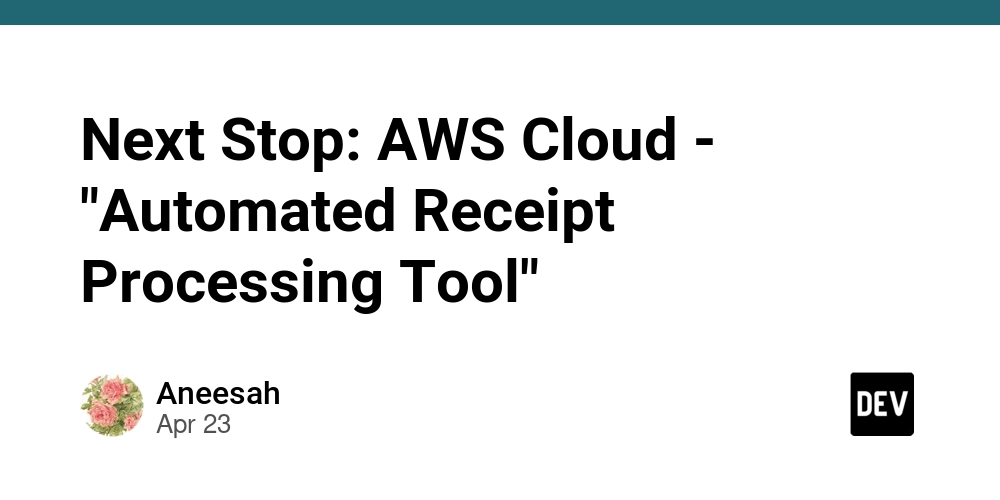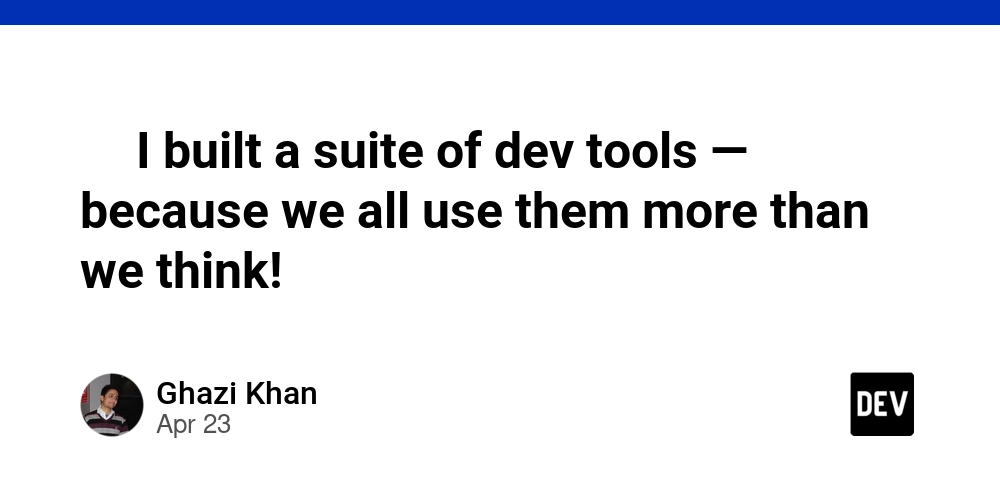
Master NestJS Guard Testing: From Integration to E2E
Want to ensure your NestJS applications are secure and your guards are airtight? Testing is key, but often overlooked. Many articles only scratch the surface, leaving you with more questions than answers. This guide provides an in-depth look at NestJS guard testing, covering integration, unit, and end-to-end (E2E) strategies. Learn how to write robust tests and avoid falling into common testing pitfalls.
TL;DR: The Ultimate NestJS Guard Testing Strategy
Here's the breakdown for effective testing NestJS guards:
- Integration Tests: Simulate real-world usage with fake endpoints in a test controller within a test-only module.
- Unit Tests: Extract complex logic to isolate and test with unit tests.
- E2E Tests: Verify happy paths and critical "negative" scenarios for guarded endpoints.
Feature Overview: Subscription-Based Content Access
Imagine an app called "WordWiz" that uses AI to generate marketing content. User access depends on their subscription tier:
- Free Tier: Basic AI models, low word count limit.
- Basic Plan: Better AI models, higher word limits.
- Premium Plan: Unlimited content generation, advanced models, and integrations.
The app exposes the following endpoints, each with a subscription requirement:
POST content/generate(Free+)GET content/templates(Basic+)GET content/analytics(Premium+)
The SubscriptionGuard determines access based on the x-user-subscription header. Let's explore how to test this.
Understanding Test Trade-offs: The Tests CAP Theorem
Before diving into code, understand the characteristics of different test types. Vladimir Khorikov outlines four pillars of good automated tests:
- Protection Against Regressions: How well tests prevent bugs.
- Resistance to Refactoring: How well tests withstand internal changes.
- Fast Feedback: How quickly tests execute.
- Maintainability: How easy tests are to maintain.
Like the CAP theorem, you can't maximize everything. Resistance to refactoring is crucial (avoid brittle tests). You must choose between fast unit tests and high-protection E2E tests.
Integration Tests: Simulating Guard Behavior
Integration tests are a sweet spot for NestJS guard testing, providing good protection with reasonable feedback speed.
Goal: Send requests to a test endpoint requiring a subscription plan and observe the SubscriptionGuard's behavior.
Key components of this test:
TestController: Defines endpoints with varying subscription requirements.TestModuleForGuard: Configures the testing module with theSubscriptionsGuard.beforeAllHook: Initializes the testing module and starts a local HTTP server.- Test Cases: Verify access based on subscription level.
The initial implementation for the SubscriptionGuard:
Unit Testing with the "Humble Object" Pattern
For complex logic, extract the domain logic from the Guard and test it in isolation. This is where the Humble Object Pattern comes in handy.
Corresponding domain logic implementation:
Now, the SubscriptionsGuard implementation is clean:
E2E Tests: Validating Guard Behavior in Production Endpoints
Finally, test the integrated system with real endpoints:
POST content/generate(Free+)GET content/templates(Basic+)GET content/analytics(Premium+)
Focus on the highest subscription requirement for each endpoint.
Level Up Your NestJS Guard Testing
By combining integration, unit, and E2E tests, you can achieve comprehensive coverage for your testing NestJS guards. Remember to consider the trade-offs between different test types. Embrace the Humble Object Pattern to isolate complex logic and write maintainable tests. With this guide, you're one step closer to building robust and secure NestJS applications.
![California Software Companies: Unveiling Tech Leaders & Future Trends [2025]](https://media2.dev.to/dynamic/image/width=1000,height=500,fit=cover,gravity=auto,format=auto/https%3A%2F%2Fcontenu.nyc3.digitaloceanspaces.com%2Fjournalist%2F5bd5aa41-4877-4647-a4d3-4f4915a589fc%2Fthumbnail.jpeg)






















